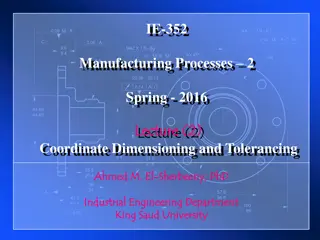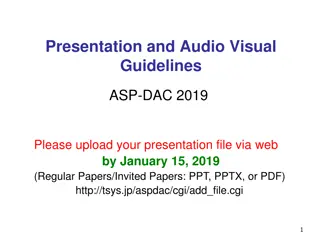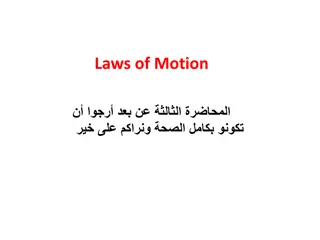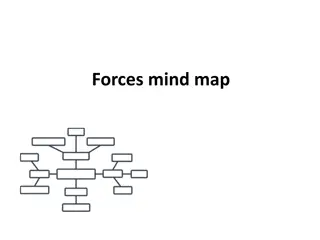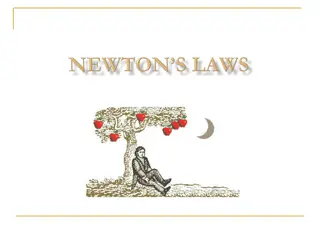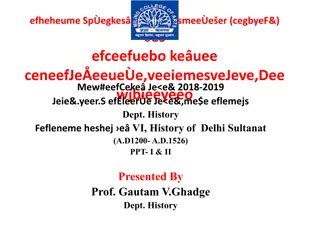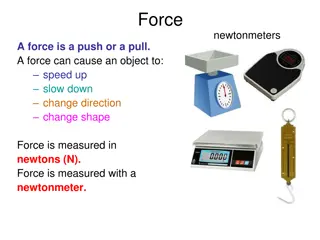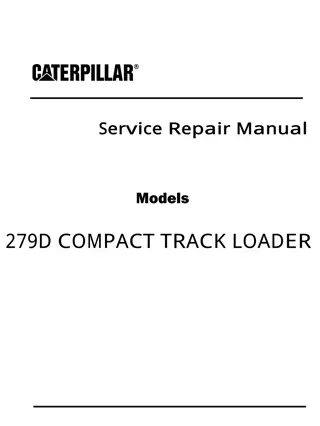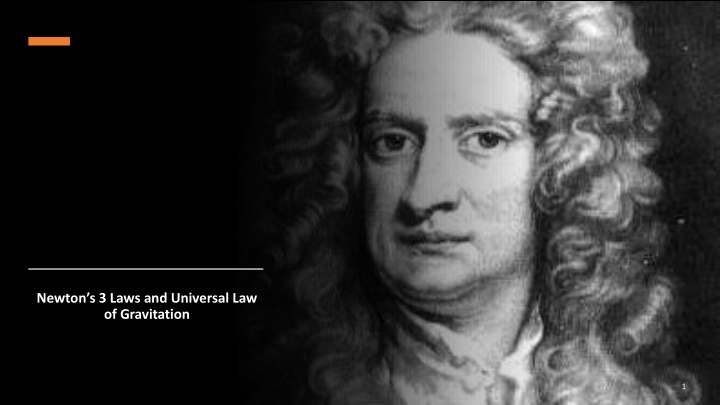
Understanding Newton's Laws and Gravitation Principles
Explore Isaac Newton's three laws of motion and the universal law of gravitation. Learn about concepts such as momentum, the relationship between force and acceleration, and the gravitational force between objects. Discover the relevance of these principles in various scenarios, from orbital mechanics to rocket propulsion.
Download Presentation

Please find below an Image/Link to download the presentation.
The content on the website is provided AS IS for your information and personal use only. It may not be sold, licensed, or shared on other websites without obtaining consent from the author. If you encounter any issues during the download, it is possible that the publisher has removed the file from their server.
You are allowed to download the files provided on this website for personal or commercial use, subject to the condition that they are used lawfully. All files are the property of their respective owners.
The content on the website is provided AS IS for your information and personal use only. It may not be sold, licensed, or shared on other websites without obtaining consent from the author.
E N D
Presentation Transcript
Newtons 3 Laws and Universal Law of Gravitation 1
ISAAC NEWTON 1st Law: A body continues in its state of rest, or uniform motion, unless compelled to change that state by forces impressed upon it. Relevance: 1) There must be a force on satellites gravity 2) Momentum is conserved orbits are constant (orientation and size) 2
MOMENTUM Momentum is the amount of resistance an object in motion has to changes in its speed or direction of motion. Linear momentum is defined as mass times velocity and often represented by the variable ?. In equation form, this becomes: Why you need to wear a seatbelt (especially if you are a giraffe) ? = ?? Where: ?? ? ?2 ? = linear momentum vector m = mass (kg) ? ? ? = velocity vector 3
Isaac Newton 2ndLaw: The time rate of change of an object s momentum is equal to the applied force. ? ? ?? ? = But wait! Isn t this law just F=ma? Where: = ??? NO! ??????? ?????? ? = ????? ? = ? ? = ???????? ? = ???????? Only under certain conditions. 4
Newtons 2nd Law (cont) Let s apply the product rule: ? =? ? ??=?(?? ) ?? ??? + ??? = ?? ?? If mass is not changing, this term goes to zero ?? ??= ? 5
Newtons 2nd Law (cont) So: ? = ? ? Only if mass doesn t change! Relevance: 1) We will use this law to derive the two body equation of motion that describes orbital motion 2) In rockets, ? ?? 0 this is the thrust term! 6
Newtons 3rd Law For every action there is an equal and opposite reaction. Relevance: Rockets! 7
Newtons Universal Law of Gravitation 0.00272? 9.8? ????? ?????? = 1 ?2 = 3600 ?2 8
Newtons Universal Law of Gravitation ??1?2 ?2 ??= ? ???: ??= ????? ??? ?? ??????? ? = ????????? ????????????? ???????? = 6.67?10 11? ?2 ??2 ?1 & ?2 = ?????? ? = ???????? ??????? ? ? ??? ??????? 9
Newtons Universal Law of Gravitation But we are going to define a new constant: ? = ? ?? = 398600.5??3 ?2 Where: ??= ???? ?? ? ? ???? ??= ???? ?? ? ? ????????? ? = ???? ? ????????????? ???????? So ??? ?2 ??= 10







